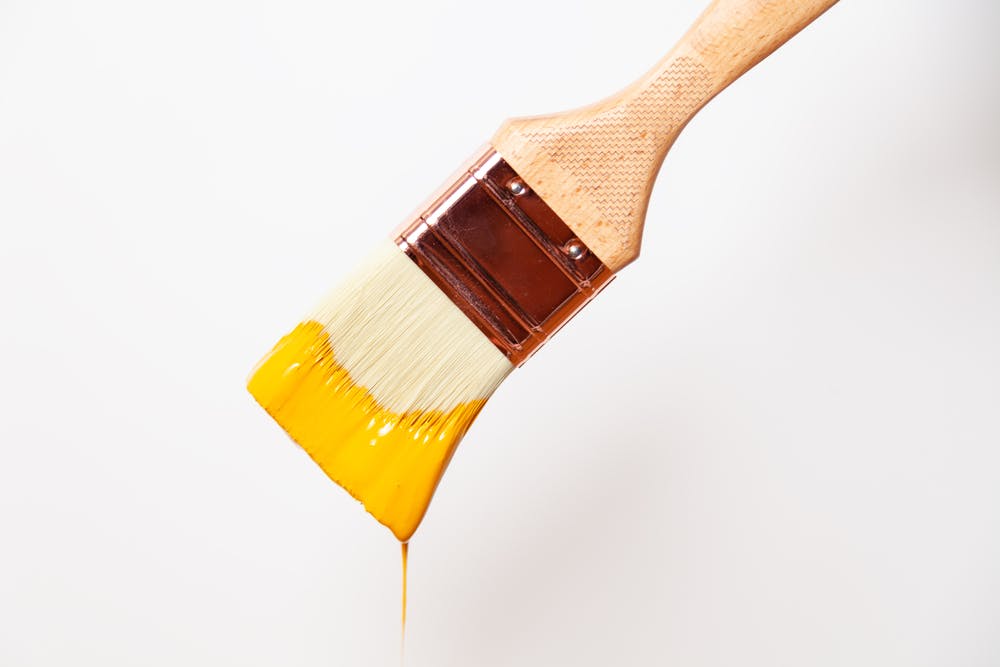Bilirubin is a yellowish pigment found in your bile. It’s a by-product made when your red blood cells break down. Usually, your body removes bilirubin from the bloodstream via your liver. Then, it's converted into a substance that passes through your poo, giving it its brown colour. Learn more about the normal ranges and how to check your levels.
What’s the normal range for bilirubin?
The normal range for bilirubin is 0-24 umol/L.
A bilirubin test alone can’t diagnose a liver or other health condition. Your GP will consider any previous or additional blood test results, lifestyle, and medical history to make a diagnosis.
High bilirubin levels
When bilirubin levels are higher than normal, it’s called hyperbilirubinemia. It's usually a sign that your body isn’t clearing bilirubin from your blood effectively or that your red blood cells are breaking down faster than your body can. How your body transports the bilirubin into your poo may also be a problem.
You can check your bilirubin levels as part of a liver blood test. It’s measured along with other markers — like albumin, alanine aminotransferase (ALT), alkaline phosphatase (ALP), globulin, total protein, and gamma-GT (GGT).
High bilirubin isn’t usually a sign of anything serious. But it's important to monitor related symptoms in case it's a sign of something more serious.
What are the symptoms of high bilirubin?
The most common symptom of high bilirubin levels is jaundice — yellowing of your skin and eyes.
Other symptoms can include:
- abdominal pain or swelling
- fatigue
- nausea
- vomiting
- unusually dark wee — due to the presence of bilirubin in your urine
- pale-coloured poo
What causes high bilirubin levels?
Many health conditions can lead to high levels of bilirubin. These include:
- Gilbert's syndrome — a benign (not harmful) genetic disorder where your body is unable to process bilirubin, leading to higher levels.
- Liver disease and liver scarring — hepatitis (a type of liver disease) and cirrhosis (liver scarring) can stop your liver from working properly and prevents bilirubin from being excreted.
- Bile duct inflammation or blockage — your bile duct carries bile (bilirubin is the main pigment in bile) from your liver to your intestines for excretion. Inflammation or blockage with gallstones can lead to bilirubin not being excreted properly.
- Intrahepatic cholestasis of pregnancy — a liver disorder that can develop in pregnancy where bile builds up in your body.
- Haemolytic anaemia — a rare blood condition where red blood cells break down before the end of their life cycle. This can happen due to cancer, an autoimmune disease, or medications. In pregnancy, it can cause jaundice in a newborn baby.
- Certain medications — your GP will advise you if you take any medications.
It can also be caused by vigorous exercise — for example, if you run marathons.
If you have high bilirubin levels, your healthcare professional can help you determine the underlying cause and create a treatment plan if necessary.
What causes low bilirubin levels?
There isn’t a clear link between low bilirubin and certain health conditions as more research is needed.
But some studies suggest there might be a link between low bilirubin and certain health conditions due to it’s potential antioxidant effects.
Antioxidants protect you against certain health conditions — like heart disease, eye disease, brain lesions, and stroke. But more studies are needed to confirm this.
Certain drugs can lower your bilirubin levels. These include:
- barbiturates — sedative-hypnotic medications
- caffeine — found in coffee and can temporarily lower your bilirubin levels
- penicillin — a type of antibiotic
- high-dose salicylates — used to reduce pain, fever, and inflammation


















